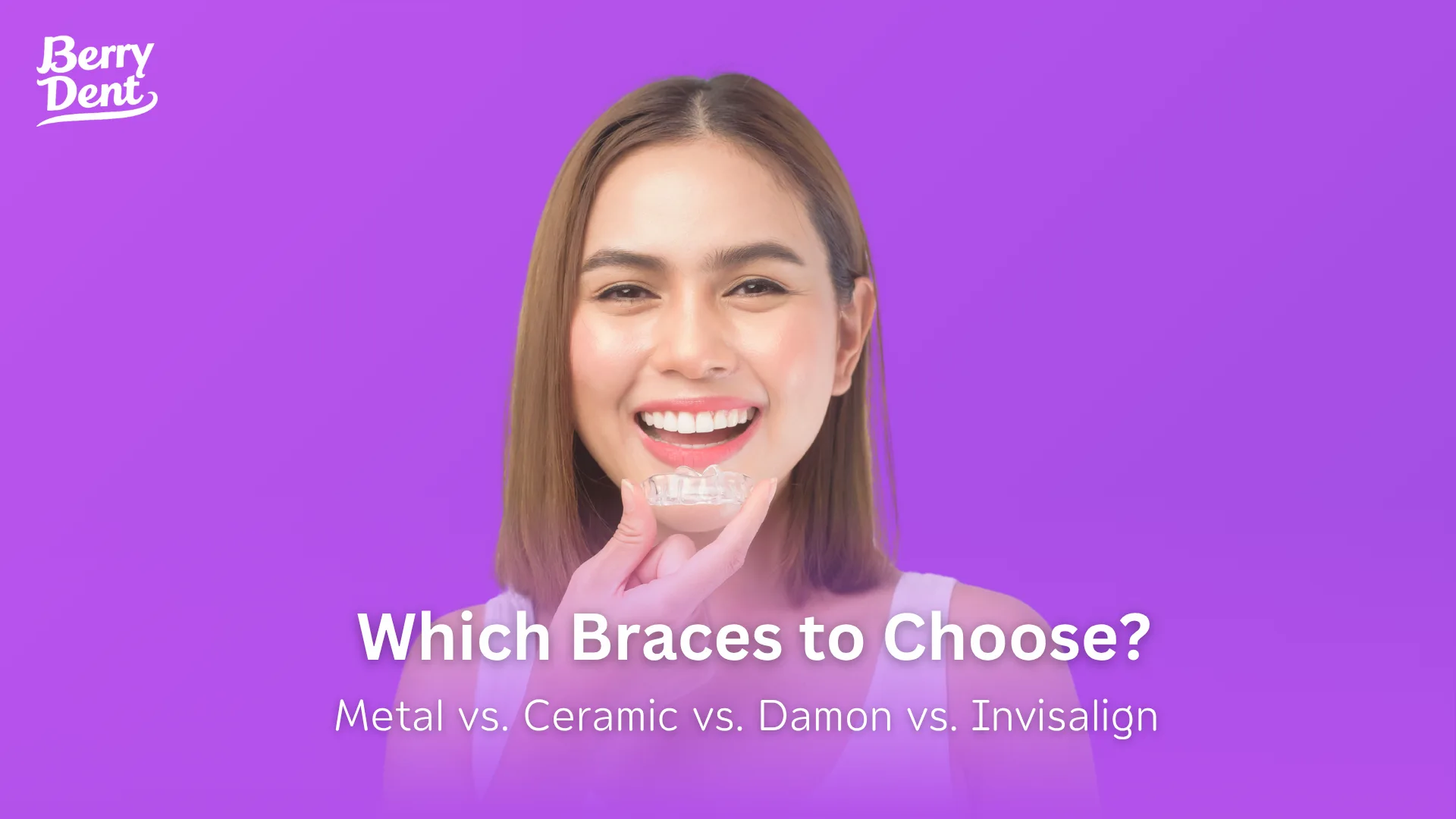Want a perfect, beautiful smile, but feel overwhelmed when you start researching braces? Nowadays, there are so many types of braces to choose from, from colorful metal brackets to nearly invisible clear aligners. So, which type of braces is the best fit for you? Berry Dent is here to provide a clear comparison of the four most popular types, including their pros, cons, and the important factor of cost, to help you make an easier decision.
Comparing Types of Braces: Which One is Best for You?
1. Metal Braces – The Classic, Popular Choice
This is the most familiar type of braces, involving metal brackets attached to the teeth and colorful rubber bands (O-rings) to hold the wire in place.
- Who is it for? Suitable for all ages and can be used for all types of dental conditions, even very complex cases.
- Pros: Strong, durable, highly effective treatment results, and most importantly, the most affordable price among all types.
- Cons: The brackets are highly visible, may cause initial mouth irritation, and require monthly visits to the dentist for adjustments and changing the rubber bands.
2. Ceramic Braces – Aesthetically Pleasing, Blends In
These work just like metal braces, but the brackets are made of a translucent white ceramic material that resembles the natural color of teeth.
- Who is it for? People who want braces but don’t want them to be obvious, such as working professionals, flight attendants, or those who don’t like the colorful rubber bands.
- Pros: Significantly more aesthetic than metal braces because the brackets blend in with the tooth color.
- Cons: More expensive than metal braces, the brackets can be more fragile, and they may stain from food or drinks if not cared for properly.
3. Damon System Braces – Less Pain, Faster Results
This is an innovative type of braces that doesn’t use rubber bands. Instead, the brackets have small clips or hinges to hold the wire, allowing teeth to move more freely and gently.
- Who is it for? People who want to reduce pain during treatment and want the treatment to be completed faster.
- Pros: Less painful due to low friction, requires fewer dental visits (about every 6-8 weeks), and has the potential to complete treatment faster than traditional braces.
- Cons: More expensive than both metal and ceramic braces.
4. Invisalign – The Ultimate in Aesthetics and Convenience
This involves using a series of custom-made, clear plastic aligners that are removable. A new set of aligners must be worn every 1-2 weeks according to the orthodontist’s treatment plan.
- Who is it for? People who want high discretion, do not wanting anyone to know they are getting braces, and desire convenience in their daily life.
- Pros: The aligners are nearly invisible and can be removed for eating and brushing, making oral hygiene much easier.
- Cons: The most expensive of all types, requires the discipline to wear them for at least 20-22 hours a day, and may not be suitable for very complex cases.
No matter which type of braces you choose, one thing remains the same: the need for special attention to oral hygiene. Orthodontic appliances are prime spots for food particles and plaque to accumulate. Choosing the right toothpaste is therefore crucial. We recommend Berry Dent hybrid herbal toothpaste, which combines the power of natural herbs that help maintain healthy gums and reduce inflammation with the innovation of 1500 ppm fluoride to provide maximum protection against cavities. It is especially suitable for people with braces who need comprehensive care for both gum and tooth health in a single tube.


